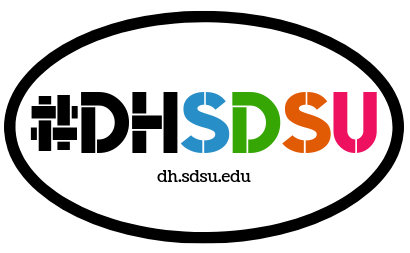A great assignment provided by Professor Sureshi M. Jayawardene, Ph.D (Department of Africana Studies).
Weekly Read and Annotate Assignments: This assignment is intended to cultivate a collaborative reading experience that allows us all to engage one another and the materials in a thoughtful, social, and dynamic way. Annotating in detail and in this collaborative form is a step towards developing larger analyses and strategic reading skills.
What is annotation? It is a note added to a book, article, image, or other kind of text as a comment or explanation. Annotation is an ancient learning practice that facilitates deep engagement with a text and aids comprehension and analyses.
Using the online Perusall tool, we will read and annotate the weekly readings together. This ensures that you all are reading and picking up key ideas, theories, arguments, and philosophies in the reading materials. Ideally, these annotations will help all of us understand the readings and make connections across texts more easily. Annotations can be tricky because the first few people to annotate an article will not get as much out of the exercise. So, you should do one read of the articles early on and make your annotations at this time. Then, at the end of each week, go back to the articles which will have everyone else’s annotations by this time and read through them again. It will be much easier to get through because of the annotations!
How to access Perusall: Go to www.perusall.com (links to an external site), click Register to create an account if you are new to Perusall. Or, click Sign In if you already have an account. Select “I am a student” and enter the course code.
I will do my own annotating and offer a prompt at the beginning of each week to help everyone get started. You should start by reading the article! When you find points that confuse you, look up their meaning/reference and create your annotation. Make sure you are not relying solely on Wikipedia for your references and when you consult external references include the source in your annotations. If another student has already annotated the same part of the reading, read their annotation first. You may add your own comments and responses to the other students’ annotations.
How to annotate:
· Highlight words and concepts that are unclear to you, look them up, then share what you found in a comment. Remember to include the source of your reference.
· Share facts and descriptions from the text that surprise you and tell us why
· Engage each text in multiple places
· Ask questions (using a “?” in your comment in Perusall automatically turns it into a question)
· Read the comments and questions posed by others
· Answer the questions of your classmates by “mentioning” them (use @ to tag a classmate in your response so that the individual knows you are directly engaging them)
· Upvote comments or questions you find helpful
· Connect ideas found in the readings to the real life experiences you have or know of
· Use the picture tool to add a visual element to your annotation or illustrate your point
Undergraduate students: For each reading, you will need to create 3 annotations. Create 2 annotations that provide facts (such as definitions, explanations, data, etc directly from the reading and within the context of the text itself) or images (maps, infographic, charts, etc.) and 1 that adds an insight (connect to another idea in the course or greater society, topic, another student’s comments, etc.) or asks a question.
Graduate students: For each assigned reading, you will need to create 5 annotations: 2 annotations focused on facts or images, 2 annotations that add insight, analyses, or ask questions, and 1 annotation that directly responds to another student’s question.
Faculty point of contact:
- Sureshi M. Jayawardene (Africana Studies): sjayawardene@sdsu.edu
